Vision for the project
to develop physically–based forecasts of the dryness of live forest fuels. These forecasts will provide an early warning system of the risk of bushfires and facilitate improved outcomes for prescribed burning programs.
Research
When forest fuels are dry, they become a precursor of large bushfires. Funded by the Australian Research Council through a Linkage grant,
this project aims to detect and forecast changes in Live Fuel Moisture Content (LFMC) in Australian forests. To do this, we will combine satellite imagery, forecasts of soil moisture, and plant physiological responses to soil dryness. Forecasts of LFMC will serve as an early warning system of the risk of bushfires. These forecasts will also facilitate improved planning of prescribed burns: if fuels are too dry there is a risk of burns escaping, conversely, if fuels are too wet there is a risk that burns will fail to meet objectives. Initial results have shown that trees undergoing a ‘drought’ treatment show a wider range of water content and flammability traits compared to a control group. Drought-stressed trees had lower water content, smaller leaf area, and lower fresh weight, all of which are linked to higher flammability. The spectral data showed distinct differences between drought-stressed and control trees, particularly in the 1420-1800 nm and 1935-2400 nm range. In other words, we can use spectral data and, in the near future, satellite imagery to detect when forests become drier than usual. These findings will be used to develop models for predicting LFMC in Australian forests, and to develop the OzFuel satellite payload.
Future research will include continuation of analysis of visible, NIR, and SWIR imagery, and of biochemical data. Further collaborations are also being pursued with a range of stakeholders throughout Australia and overseas.
Chief Investigators
Project Team
Mr Gianluca Scortechini

